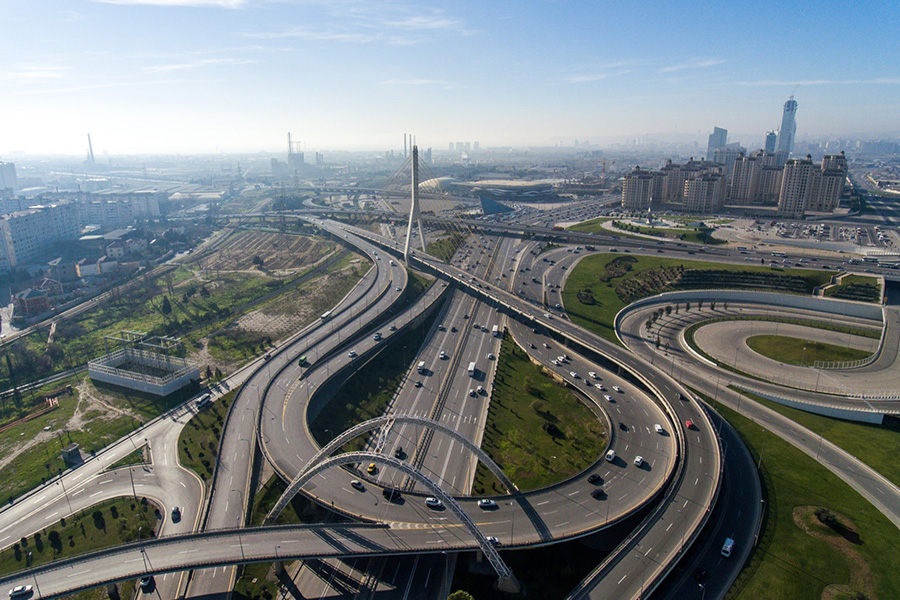
India’s transport policies now prioritize aspirational infrastructure over affordability and accessibility.
Authors
Rutul Joshi, Faculty of Planning, CEPT University, Ahemdabad, India
Arundhathi, Assistant Professor, School of Journalism and Communication, O.P. Jindal Global University, Sonipat, India
Summary
Witnessing an immense increase in its urban transport investments since the 2000s, the early 2000s in India saw a number of bus rapid transit, walking, and cycling projects. However, many of these projects were systematically stalled through bad press, judicial interventions, and, eventually, the reduction or withdrawal of funding. In 2015, Indian transport policies gradually entered the new infrastructure regime, promising ‘world-class’ and supposedly sustainable mobility options with smart technology and shiny public infrastructure. Large-scale investments were made in building and expanding road infrastructure and metro rail projects, and promoting electric vehicles. Employing discourse analysis to study policy documents across the years, we argue that there has been a shift in transport planning policy from ‘affordable’ to ‘aspirational’ transport infrastructure and with sustainability used as a buzzword. Whether these are the aspirations of the State or the people, infrastructure building has become an important part of political value signaling. As the aspirational aspects become the new rationality guiding the funding and implementation of infrastructure projects, sustainability remains in the policy rhetoric, and the concerns of accessibility and affordability recede into the background. The prevalence and popularity of ‘aspirational infrastructure’ define the ongoing low-carbon mobility transition in the Global South.
Published in: Journal of Environmental Policy and Planning
To read the full article, please click here.

